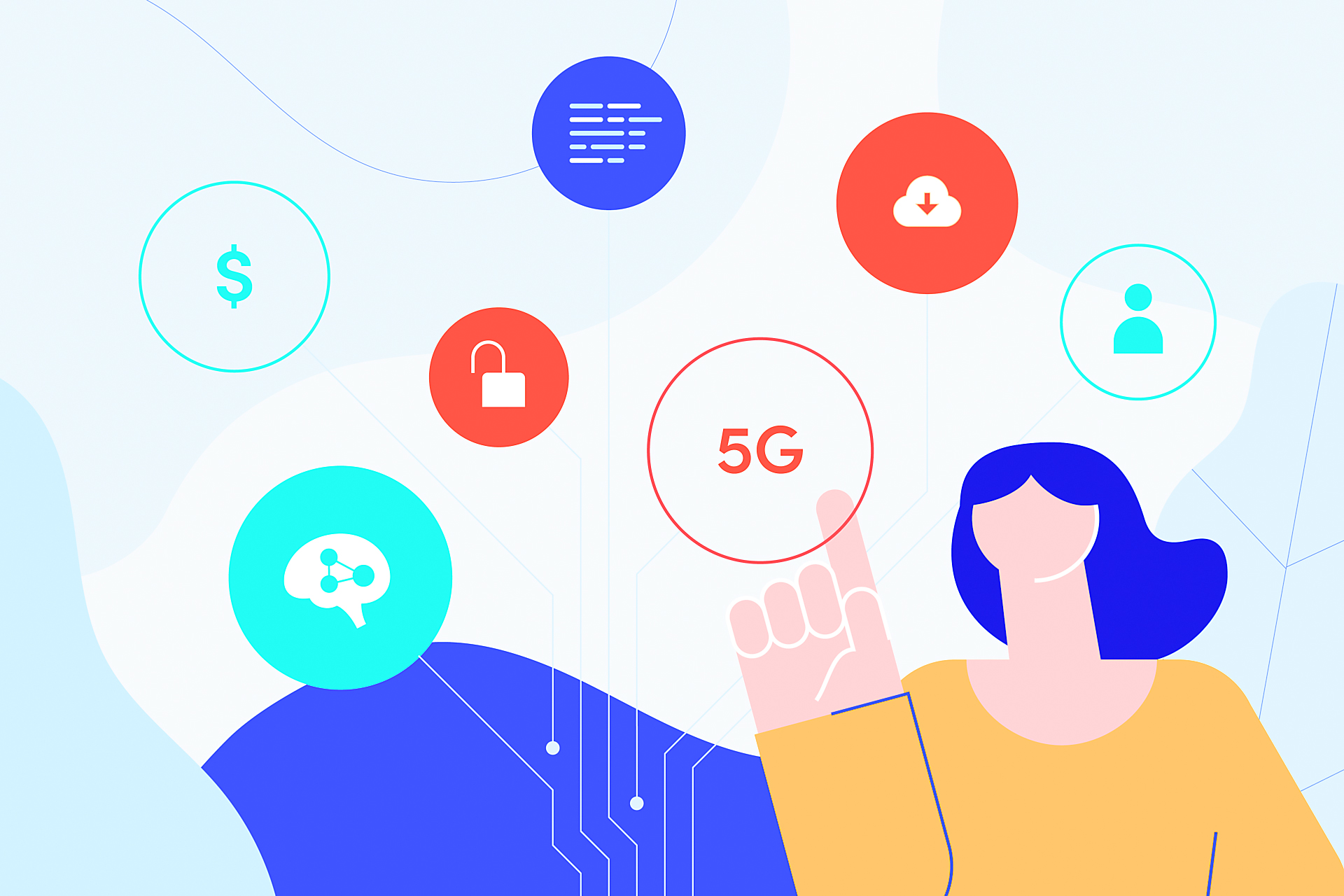


The evolution of the internet into its third major iteration, Web 3.0, is reshaping the landscape of marketing in profound ways. This new digital realm, characterized by decentralization, blockchain technology, and a heightened emphasis on user privacy and data control, is not just a technical upgrade but a paradigm shift in how businesses interact with consumers.
The Dawn of a New Era
Web 3.0 heralds a departure from the centralized platforms of Web 2.0, moving towards a more open and decentralized internet. This shift is underpinned by technologies like blockchain, NFTs (Non-Fungible Tokens), and the burgeoning metaverse. These innovations are not just buzzwords; they represent a fundamental change in how digital interactions and transactions occur.
Marketing in the Age of Decentralization
In this new era, marketing strategies must adapt to the unique characteristics of Web 3.0. The focus shifts from traditional advertising to creating immersive, engaging experiences that resonate with a more privacy-conscious and tech-savvy audience. Here’s a glimpse into what this means for marketers:
NFTs and the Metaverse: These are not just for tech enthusiasts or gamers anymore. Brands are increasingly exploring NFTs and the metaverse to create unique, immersive experiences. This could range from virtual product launches to exclusive digital collectibles that drive brand engagement in novel ways.
Sustainability and Transparency: With a growing emphasis on environmental, social, and governance (ESG) factors, brands in Web 3.0 are expected to be more transparent and sustainable. This includes a shift from proof-of-work (PoW) to more energy-efficient proof-of-stake (PoS) blockchain systems.
Community-Driven Marketing: The decentralized nature of Web 3.0 puts more power in the hands of users. Brands are likely to engage in more community-driven initiatives, co-creating with customers and influencers in a transparent and inclusive manner.
Immersive Experiences: The rise of virtual communities and social connections in Web 3.0 means that marketers need to create more immersive and exploratory experiences. This could involve virtual events that allow audiences to engage with content in a more interactive and personalized way.
Regulatory Challenges: As with any emerging technology, Web 3.0 faces its share of regulatory hurdles. Marketers need to navigate these challenges carefully, ensuring compliance while innovating in the space.
Cryptocurrency and New Payment Methods: The integration of cryptocurrencies in transactional processes is another facet of Web 3.0 marketing. Brands may start accepting cryptocurrencies, which will influence how they communicate and transact with customers.
The Road Ahead
As we probe deeper into 2023 and beyond, the landscape of Web 3.0 marketing will continue to evolve. Marketers need to stay agile, continuously learning and adapting to these changes. The key will be to balance innovation with a deep understanding of the new digital ecosystem’s nuances and complexities.
In conclusion, marketing in Web 3.0 is not just about leveraging new technologies; it’s about reimagining the relationship between brands and consumers in a more decentralized, transparent, and interactive digital world. As we navigate this uncharted territory, the possibilities are as limitless as they are exciting.
Abhishek Anand is the founder of Skill Bud Technologies Pvt. Ltd., a tech company that specializes in Web 2.0, Web 3.0, NFT, Metaverse and digital marketing. He is also an Author, Speaker, Mentor and helps startups & businesses grow with technology.